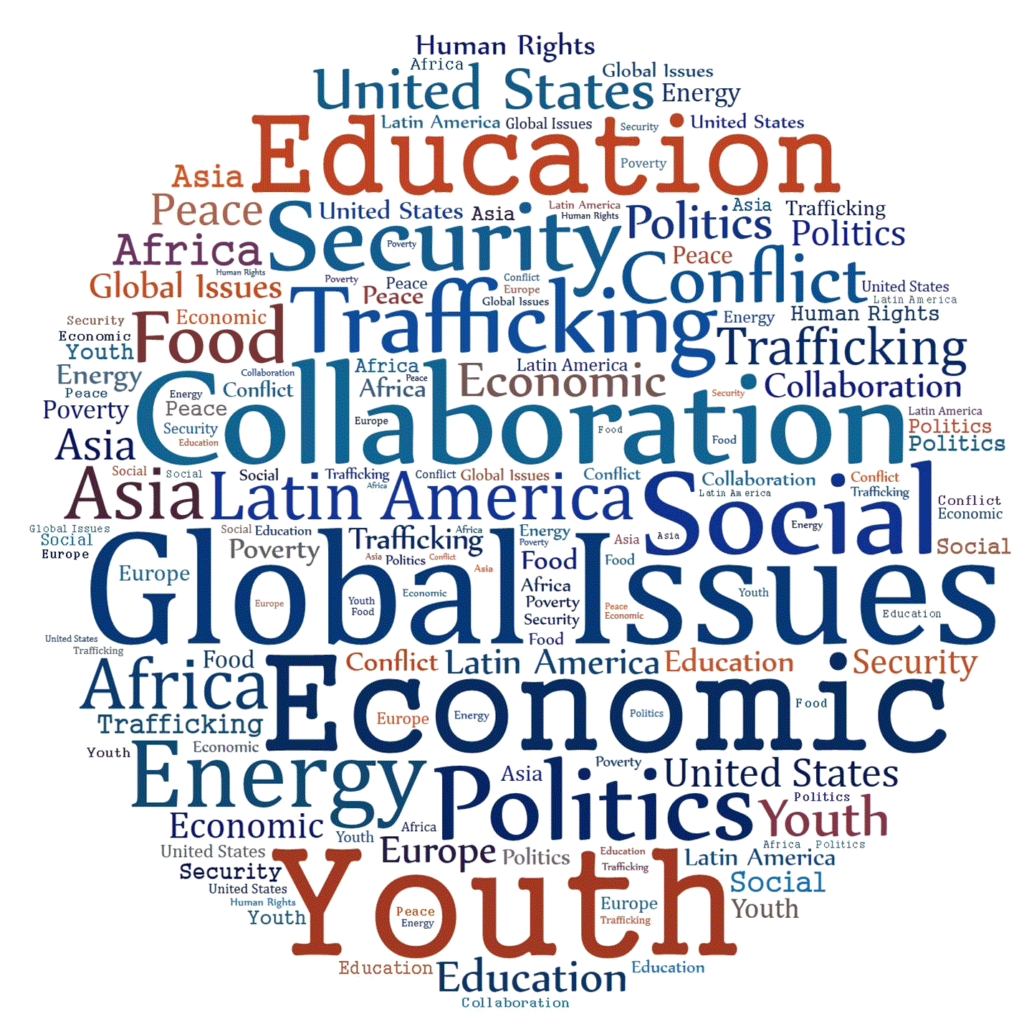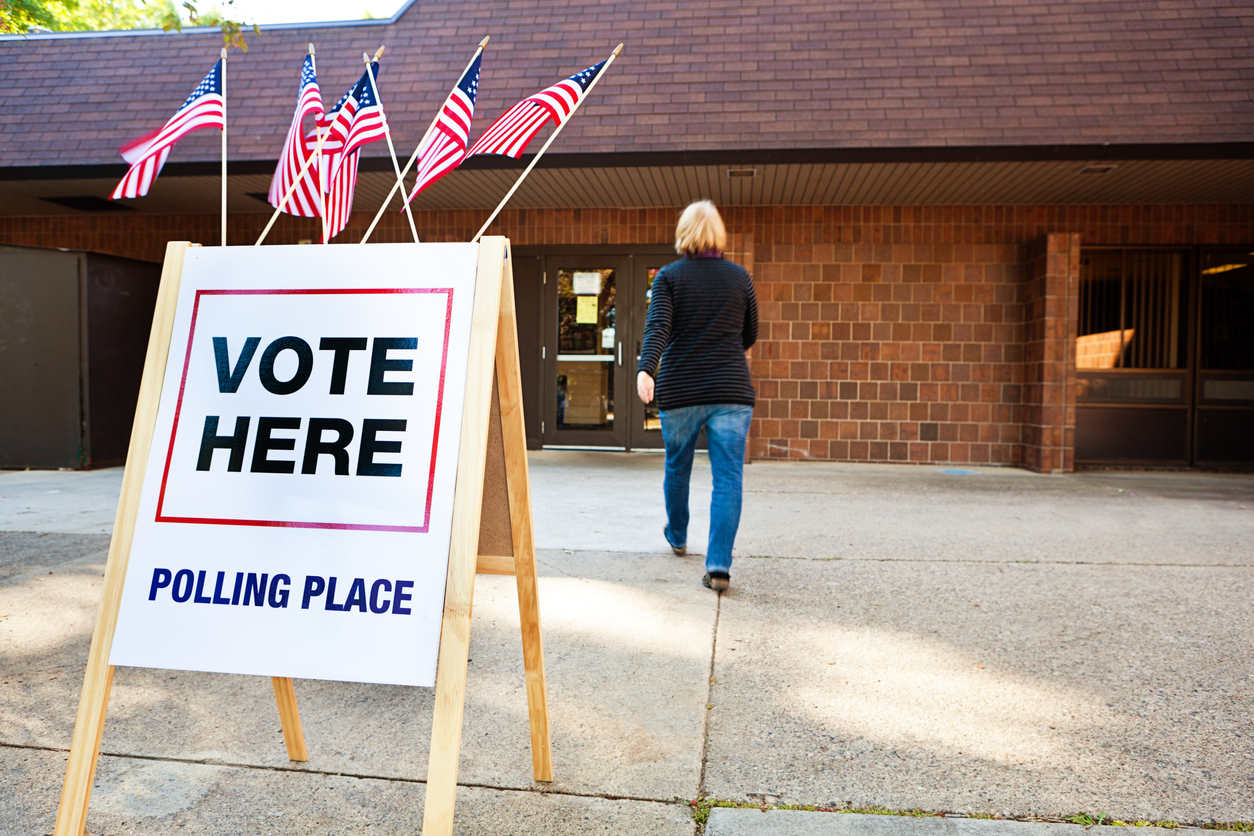
Multiple Choice: Get ready to rank, America.
Voters should be able to vote for candidates they support; not just vote against candidates they oppose most. Sometimes voters may feel that they need to vote for the “lesser of two evils,” because their favorite candidate is less likely to win. With ranked choice voting, you can rank candidates in order of choice without concern of how others will vote and who is more or less likely to win.
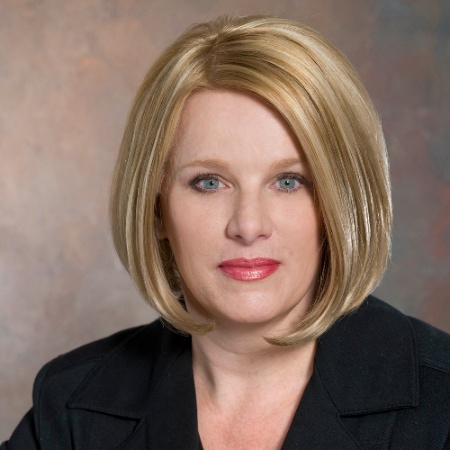
Ranked-Choice Voting might fix America’s dysfunctional politics
Too often, candidates win election to offices such as Mayor or Governor despite being opposed by many voters. Ranked-choice voting (RCV) ensures that officials are elected with an outright majority when there are three or more candidates, and to elevate those with the widest appeal.
What is ranked-choice voting?
When used to elect a single office, ranked choice voting may be called instant runoff voting, because it allows a jurisdiction to have the benefits of runoff elections without the need for a second round of voting. Rather than checking a box for just one candidate, voters rank all candidates in order of preference. If a candidate earns a majority of the votes, he or she wins. If not, the candidate with the fewest first-choice votes is eliminated, and his or her ballots get redistributed to whomever those voters ranked second. If another round is needed, the process continues, eliminating the candidate with the next fewest votes, until one candidate has a majority.
Here’s a great video of how ranked-choice voting (RCV) works:
In a multi-winner election, RCV promotes majority rule because the majority of voters will always be able to elect a majority of seats, without fear that an entrenched minority has used gerrymandered districts to ensure they stay in office.
Multi-winner RCV is best explained in this video:
With RCV, voters can rank as many candidates as they want without fear that ranking others will hurt the chances of their favorite candidate. RCV is straightforward for voters: rank candidates in order of choice, from first to last (though they can always choose to vote for just one candidate). If one candidate gathers a majority of first-place votes when all votes are in, then that candidate wins. It does this by counting the votes in rounds: First, every vote counts for its first choice. If a candidate has more than half of the votes based on first-choices, that candidate wins. If no candidate has more than half of those first-choice votes, then the candidate with the fewest first choices is eliminated. The voters who selected the defeated candidate as a first choice will then have their votes added to the totals of their next choice. This process continues until a candidate has more than half of the active votes or only two candidates remain. The candidate with a majority among the active candidates is declared the winner.
Ranked-Choice Voting changes campaigns and elections in many important ways.
Discourages negative campaigning
In non-ranked choice voting elections, candidates benefit from “mud-slinging” by attacking an opponent’s character instead of sharing their positive vision with voters. With ranked choice voting, candidates do best when they reach out positively to as many voters as possible, including those supporting their opponents.
Encourages voter turnout.
A study of 79 elections in 26 American cities found that RCV was associated with a 10% increase in turnout compared with non-RCV primary and run-off elections. Voters turned off by the front-runners have more incentive to vote. They can give their first-choice vote to their favorite candidate while strategically allocating their other choices.
Provides More Choice for Voters
Democracy is strongest when more of our voices are heard. Too often, efforts are made to limit the number of candidates who compete in order to avoid “vote splitting,” in which candidates win with very little support. This limits voters’ choices. Ranked choice voting allows more than two candidates to compete without fear of splitting the vote.
Saves Money When Replacing Primaries or Runoffs
Many local offices are elected in two rounds of elections; either a primary narrowing the field to two followed by a general election, or a general election followed by a runoff if no candidate has a majority. In either case, the election that takes place outside of the context of the general Election Day often suffers from very weak and unrepresentative turnout while raising issues of vote splitting in the first round. Ranked choice voting can accomplish the benefits of a primary/runoff election structure with only one election, avoiding these issues while saving the costs of running two elections. That’s why ranked choice voting is often called “instant runoff voting” when used to elect mayors, governors, and other single-winner offices.
Promotes Reflective Representation
Compared to winner-take-all elections, ranked-choice voting in multi-winner contests allows more diverse groups of voters to elect candidates of choice. Even in single-winner races, ranked choice voting can promote the representation of historically under-represented groups such as racial and ethnic minorities and women. RCV promotes diversity of political viewpoint as well as diversity of candidate’s backgrounds and demographics, which better represents all of us.
Ranked-choice voting is not new. Australia has used it for a century and currently cities in seven states in America have adopted it. On June 12, 2018 Maine conducted the first-ever statewide election using ranked-choice voting. Two candidates who were trailing in the polls figured they could boost their chances by campaigning for second-place votes, so they created an alliance in which they were civil and even supported each other. Maine’s experiment should interest anyone tired of America’s cripplingly partisan politics. RCV may be unable to force liberals and conservatives to like each other, but it could at least soften the electoral effects of hyper-partisanship.
One organization actively supporting the RCV approach is FairVote, a nonpartisan champion of electoral reforms that give voters greater choice, a stronger voice, and a representative democracy that works for all Americans.

Are you going to be 18 on or before January 5, 2021? Make History – Vote!
Are You Going to Be 18 On Or Before January 5, 2024? Make History - Vote! (Comprehensive voting information is below). Are you tired of the way politics play out and often don’t make effective or lasting change? Do you want to be represented by a Senator who will get...

Our Vote. Our Future.
Our Vote. Our Future.Our Country is in Chaos. We Must Unite this Great Nation. American workers have been the backbone of this country. They have sacrificed for this country. They built this country and have even died for this country. Too often their role has been...
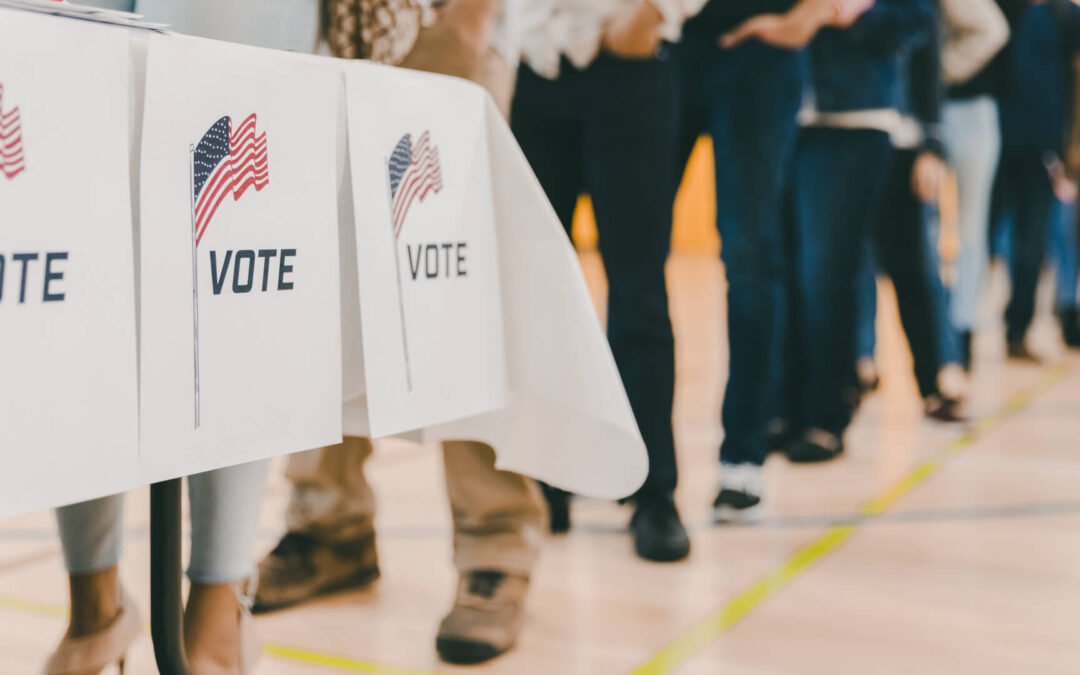
Does My Lone Vote Matter? Yes, ONE vote has changed history!
Does My Lone Vote Matter? Yes, ONE vote has changed history! One of the most common reasons people give for not voting in elections is that they feel their lone vote doesn’t make a difference. History, however, shows otherwise—especially when it comes to presidential...
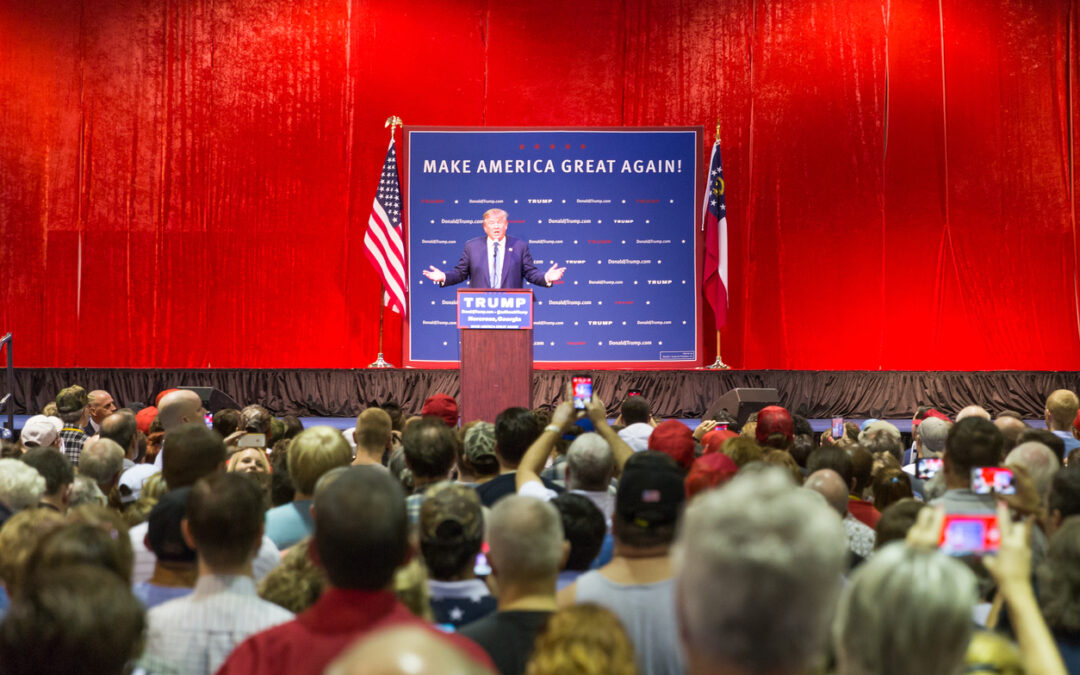
Does President of the United States Have Too Much Power?
Does President of the United States Have Too Much Power? Questions about whether the US president has too much power have been raised regularly since America’s very first days. Are you concerned that President Trump may have gone too far in overstepping his boundaries...

Your vote matters. Find out the impact your vote has!
Your vote matters. Discover the impact your vote has! OnPoint Facts What can you do to help reduce our global plastic waste? Other Voting Articles

Are you registered to vote? Check your polling place here!
Are Your Registered to Vote? Check your polling place here!Voting in the United States is complicated, especially with different registration and voter deadlines from state-to-state. But there are may resources available to help you make sure you are registered, find...

Voting in America. Shifting Tides.
As Americans, we expect our voices to be heard, our views to be respected, and our votes to truly count. It’s easy to see that something is broken in American politics.

